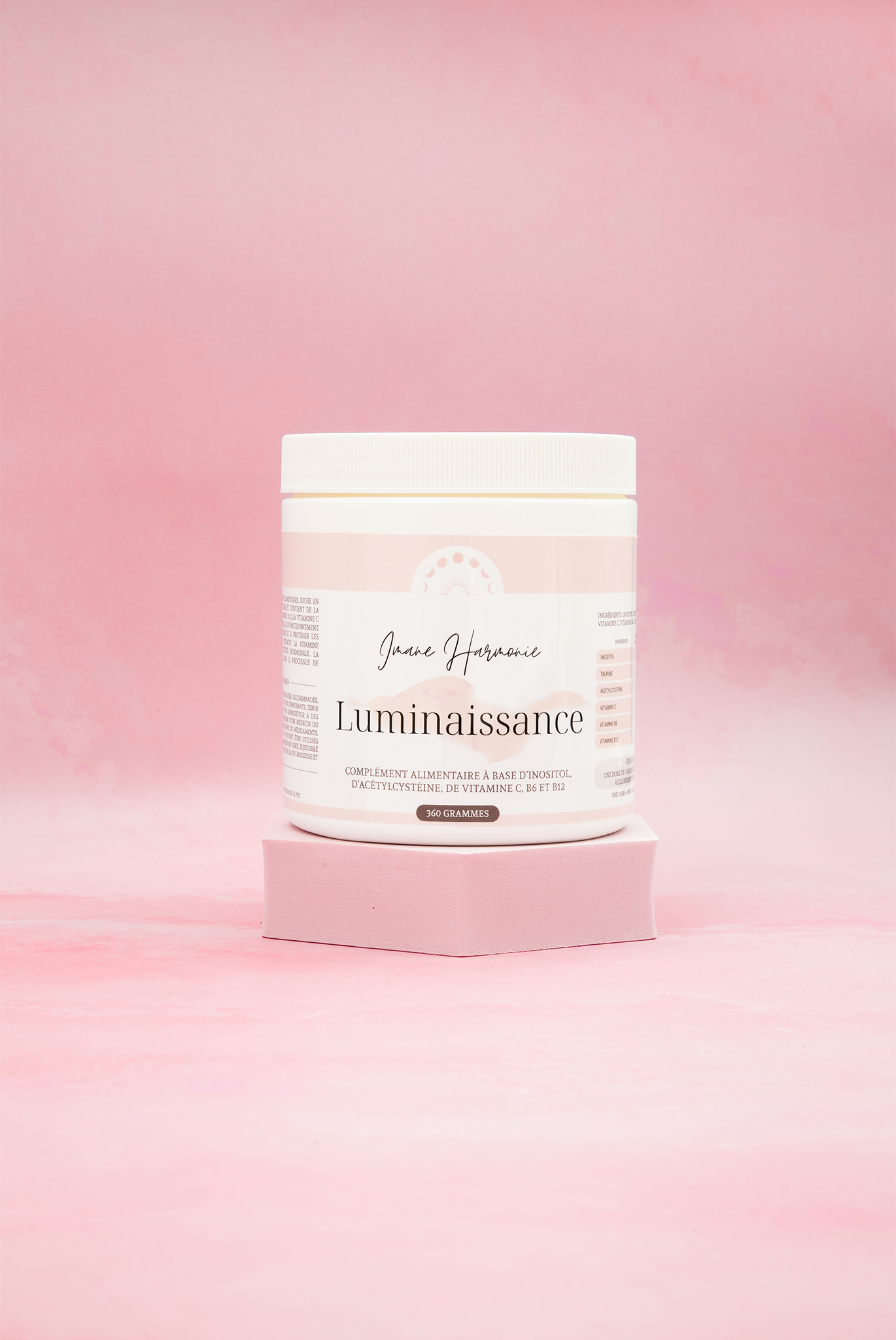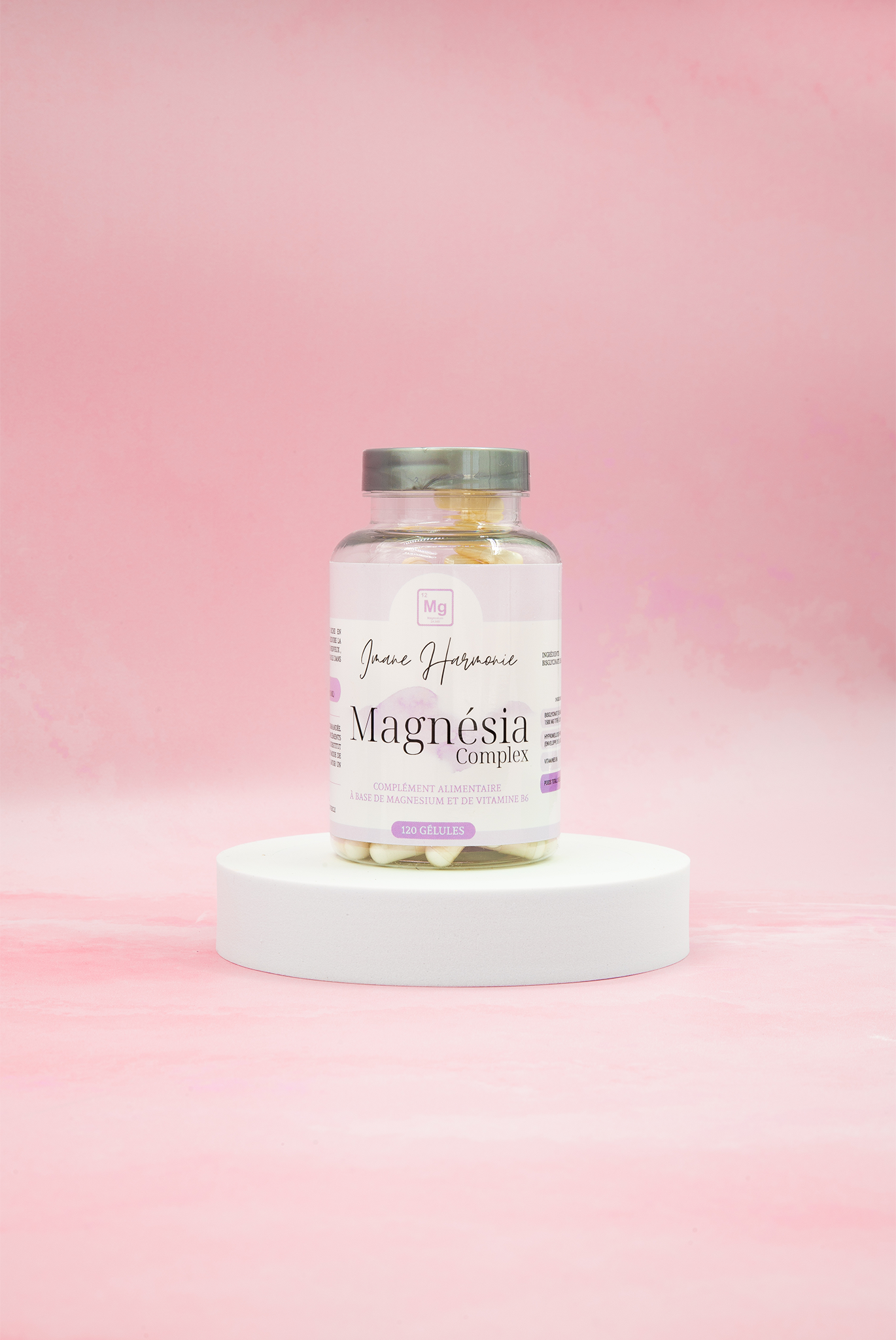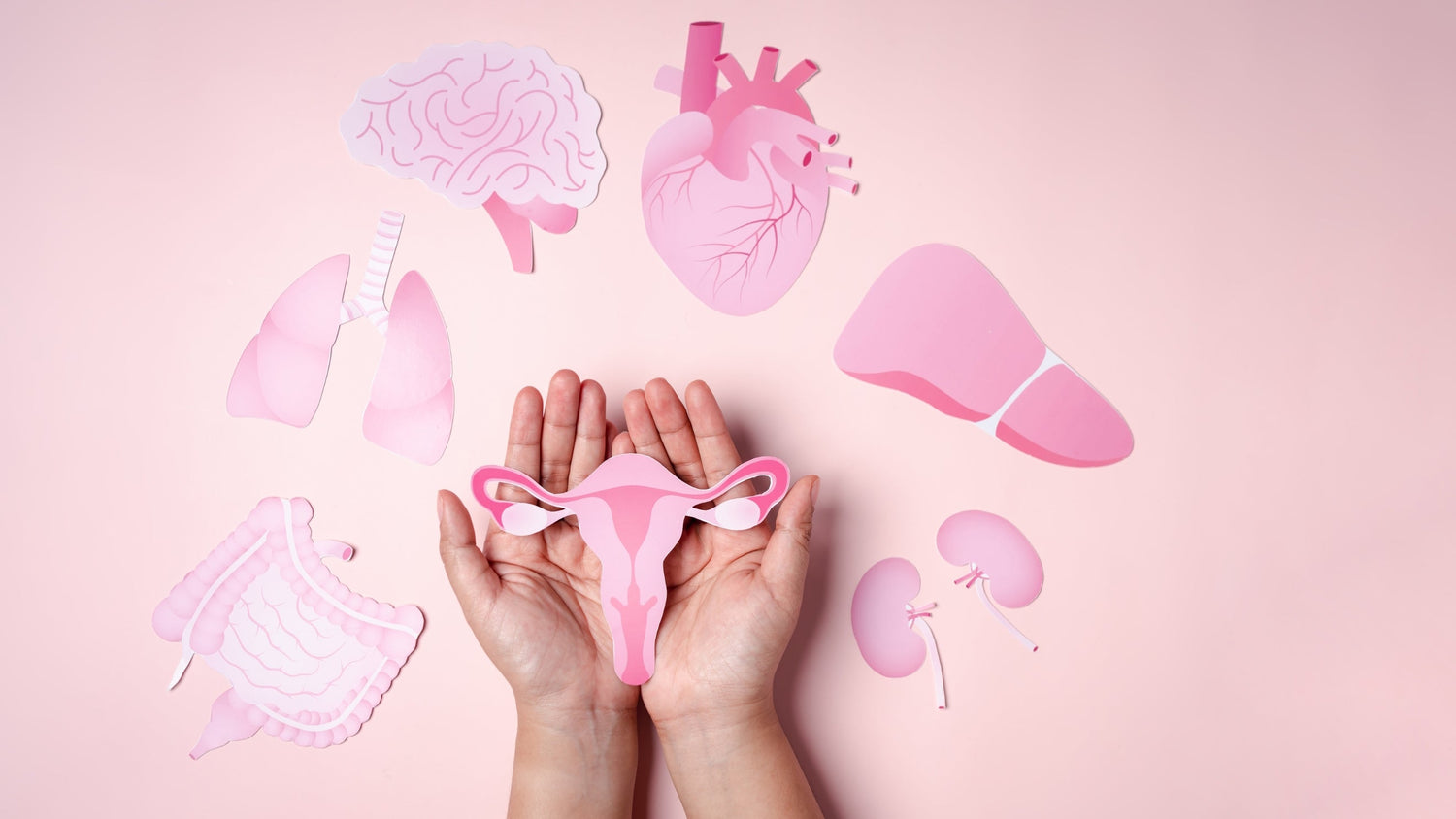Painful Periods and Dysmenorrhea
Painful periods, or dysmenorrhea, prove to be a common challenge for many women of reproductive age. This disorder, induced by hormonal variations during the menstrual cycle, can lead to symptoms such as abdominal cramps, headaches, and even stabbing pains. While most women experience only mild symptoms, for some, dysmenorrhea (Dysmenorrhea is a medical term used to describe excessive or abnormal menstrual pains that occur during periods) can transform into a serious burden, impacting daily life.
Understanding Dysmenorrhea
Dysmenorrhea is divided into two types: primary and secondary. Primary dysmenorrhea often occurs shortly after the first menstruation and diminishes over time (during adolescence primarily). On the other hand, secondary dysmenorrhea is usually related to gynecological issues or other medical disorders. Symptoms can vary, ranging from mild cramps to intense pain, significantly affecting about 10 to 15% of women.
Causes of Painful Periods
Several factors can contribute to painful periods, such as hormonal disorders, psychological issues related to the perception of the menstrual cycle, or physical disorders like endometriosis. A recent study has also shed light on the role of a biomarker called C-reactive protein (CRP) in menstrual pain, paving the way for more specific treatments.
 1. Uterine Contractions and Prostaglandins
1. Uterine Contractions and Prostaglandins
During periods, the uterus contracts to expel the uterine lining. If these contractions are excessively strong or prolonged, they can cause pain. Prostaglandins stimulate the muscular contractions of the uterus. Intense uterine contractions caused by prostaglandins can lead to a temporary decrease in blood supply to the uterus, which can cause pain due to uterine ischemia (lack of oxygen in the tissues). Prostaglandins can increase the sensitivity of nerves in the uterus to pain, meaning that contractions that would normally be painless can become painful in the presence of high levels of prostaglandins. Prostaglandins can also cause inflammation in the uterine region, which can contribute to the pain.
2. Endometriosis and Adenomyosis
Endometriosis is a condition in which tissue similar to the uterine lining grows outside the uterus. This can cause intense pelvic pain during periods. Adenomyosis is a condition in which uterine lining tissue penetrates the muscular wall of the uterus. This can cause painful periods and heavy bleeding. Pelvic MRI is often used to obtain detailed images of the uterus and surrounding tissues. It can help diagnose endometriosis and adenomyosis.
3. Fibroids, Polyps, and Cervical
Stenosis Fibroids are non-cancerous tumors that develop in the uterus. They can cause pain and heavy bleeding during periods. Most polyps are asymptomatic. However, larger lesions can cause cramps, abdominal pain, or obstruction. Cervical stenosis, where the cervix is narrow, can make it more difficult for menstrual blood to flow, causing pain.
4. Contraceptives, Emotions, and Heredity
Certain types of IUDs, such as the copper IUD, can cause more intense menstrual pain in some women. Stress and anxiety can worsen the perception of pain, making painful periods more intense. Heredity may play a role in predisposing individuals to painful periods, also known as dysmenorrhea. Some studies suggest that there is a genetic component that may influence the likelihood of a woman experiencing severe menstrual pain. For example, one study found that among women with painful periods, the rate of presence of a specific protein in the blood was high, which could often be of hereditary origin.
5. Inflammation
Inflammation can cause menstrual pain due to increased prostaglandins, which are chemical compounds released in the uterus. These prostaglandins cause uterine contractions and inflammation, which can lead to menstrual pain. Furthermore, studies suggest that inflammation plays a mechanistic role in most cases of premenstrual syndrome, and that premenstrual pain is associated with high levels of inflammatory proteins such as CRP (C-reactive protein). Thus, inflammation, by increasing prostaglandins and inflammatory proteins, is linked to the onset of menstrual pain.
Natural Solutions
As a complement or alternative, phytotherapy offers interesting solutions. Medicinal plants such as chaste tree, lady's mantle (This plant is an antispasmodic, which will calm spasms), and angelica have shown effectiveness in relieving symptoms. Dietary supplements containing zinc, copper, and gamma-linolenic acid can also help alleviate pain. Our most effective supplement for this problem is Luminaissance.

- Inositol (Myo and D-Chiro): Hormonal regulation.
- Taurine: Alleviation of premenstrual stress.
- N-acetylcysteine: Antioxidant, reduction of inflammation.
- Vitamin C (132% RDA): Immune system reinforcement.
- Vitamin B6 (100% RDA): Hormonal balance.
- Vitamin B12 (100% RDA): Energy and nerve health.

Relief of Painful Periods: Magnesium and Vitamin B6. This natural duo combines 300 mg of magnesium bisglycinate and 100% vitamin B6 to alleviate cramps and balance hormones. Easy to integrate into your routine, consult a healthcare professional before use, especially if you are already taking medication. An effective natural remedy for relieving menstrual discomfort.
TIPS: Vitamin D can also help support both hormonal balance and reduce period pain. 80% of French people (mainland) are deficient in Vitamin D, so don't hesitate to start your supplementation.
CBD - CBD, or cannabidiol, is known for its anti-inflammatory and analgesic properties, making it a potential ally in reducing period pain. It acts by interacting with the body's endocannabinoid system, which plays a role in regulating pain, inflammation, and muscle contractions. Studies suggest that CBD can help alleviate menstrual cramps, reduce inflammation, and relieve pain associated with periods. CBD can be consumed in the form of oil, patches, creams, or teas to relieve period pain.
However, it is important to note that research on the effectiveness of CBD for period pain remains limited, and its use should be discussed with a healthcare professional.
Diet and Environment
Monitor your sweet cravings
Eating sweets will negatively impact period pain because what we eat directly influences our bodies (we all know that), but also our pain. So yes, during periods, we sometimes crave sugar. But beware, the brain trolls us: because the more sugar we eat, the more it hurts. The reason is simple: sugar will increase insulin levels, which will then trigger the production of pro-inflammatory prostaglandins, as we have seen above.
ACUPRESSURE - A SIMPLE TECHNIQUE TO REDUCE PAIN AND NAUSEA RELATED TO YOUR PAINFUL PERIODS
Acupressure, a technique derived from acupuncture, can be used to alleviate menstrual pain and nausea. By applying pressure to specific points on the body, acupressure aims to stimulate the flow of energy, which can help relieve symptoms associated with menstruation. Research has shown the effectiveness of acupressure in reducing menstrual pain, with nearly 60% of women reporting a significant decrease in pain after practicing this method. Additionally, acupuncture, a similar technique, has also been recognized for its effectiveness in relieving menstrual pain and premenstrual symptoms. These approaches can serve as a natural alternative to alleviate menstrual pain and nausea.
Acupressure point for menstrual pain: Massage the Dan Tian point - The Dan Tian acupressure point is located three finger-widths below the navel, and you can massage, press, or tap it according to your preference.
Acupressure point for nausea: P6 Point. Acupressure stimulation of the P6 point, located three finger-widths below the wrist joint of the dominant hand, has been shown to be an effective method for managing nausea and vomiting in some patients. This method has demonstrated long-lasting effectiveness for a period of 6 to 8 hours, as indicated in the study by Hussein and Sadek in 2011.
HEAT / HOT WATER BOTTLES
Hot water bottles work to relieve menstrual pain by helping to relax the muscles of the uterus and alleviate cramps. The heat from the hot water bottle can help increase blood flow to the abdomen, which can alleviate pain. Additionally, heat has a soothing effect that can help relax muscles and reduce uterine contractions, thereby helping to relieve menstrual pain. Thus, using hot water bottles to apply heat to the abdominal area can be beneficial in alleviating menstrual pain.
Menstrual cramps are a reality that can affect the quality of life, whether you are a teenager or a mature woman, whether or not you have endometriosis or adenomyosis. Fortunately, there are natural solutions to alleviate these menstrual pains. However, it is essential to recognize that when menstrual pain becomes excessively debilitating and persistent, it is strongly recommended to consult a healthcare professional. Your doctor can guide you and offer a set of tests to diagnose or exclude underlying medical conditions such as endometriosis or adenomyosis. Obtaining an accurate diagnosis is essential to determine the appropriate treatment and ensure a better quality of life. Do not ignore your body's signals and take steps to take care of your health.





